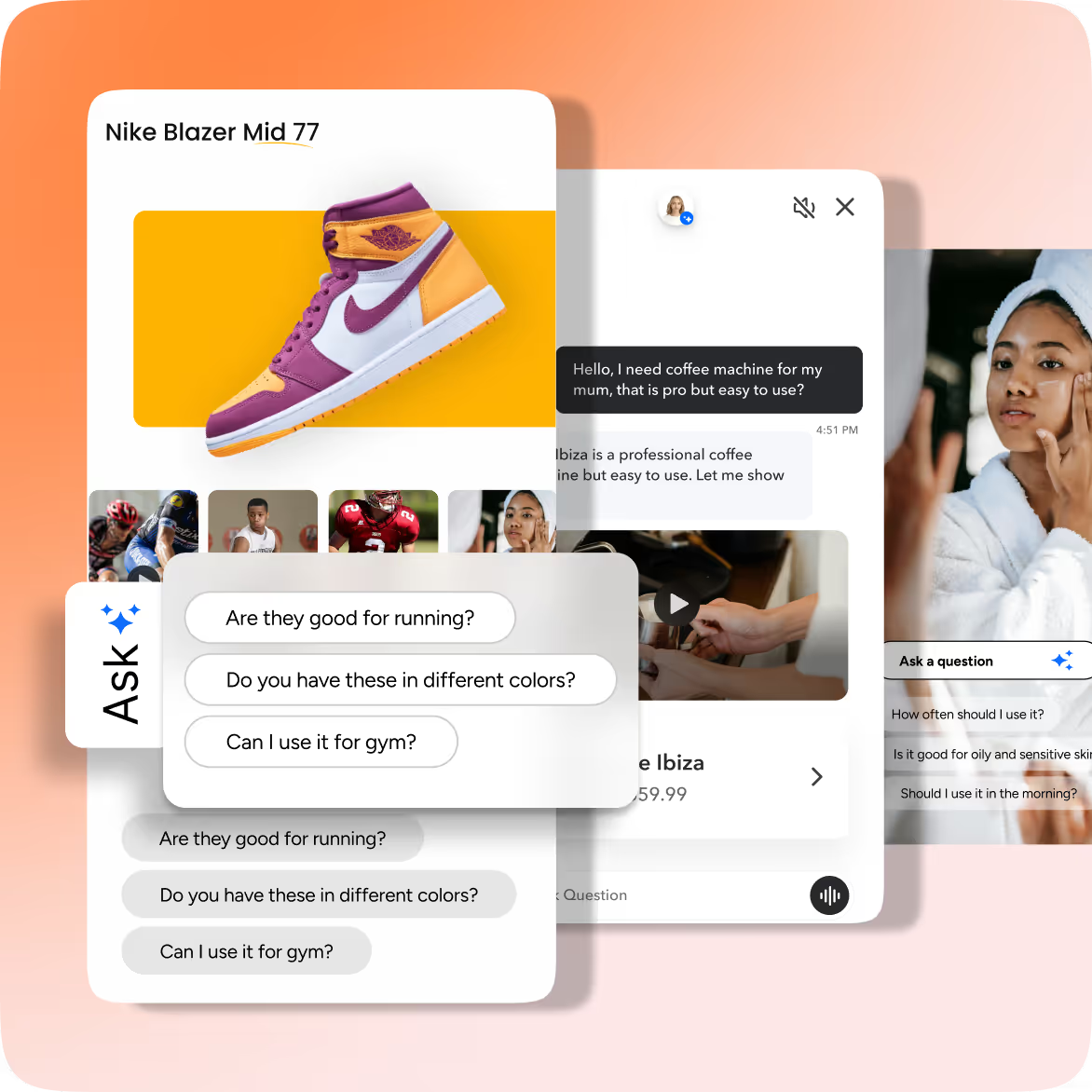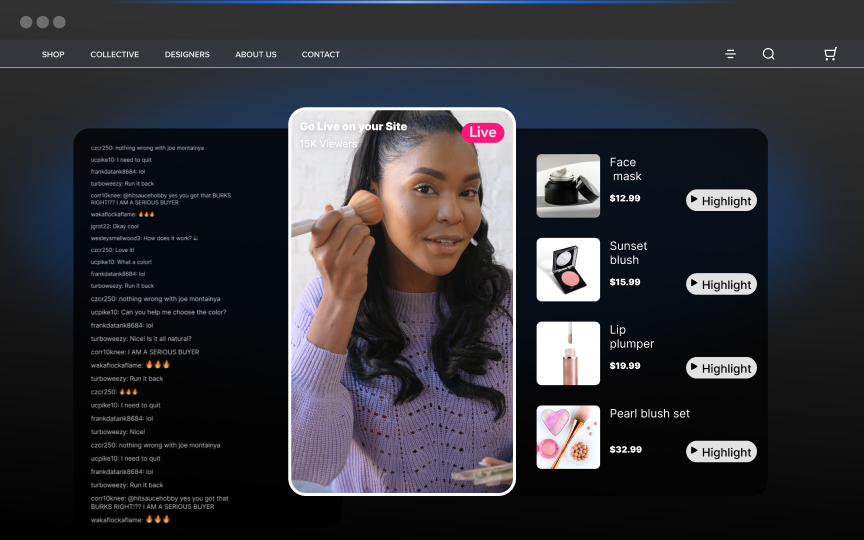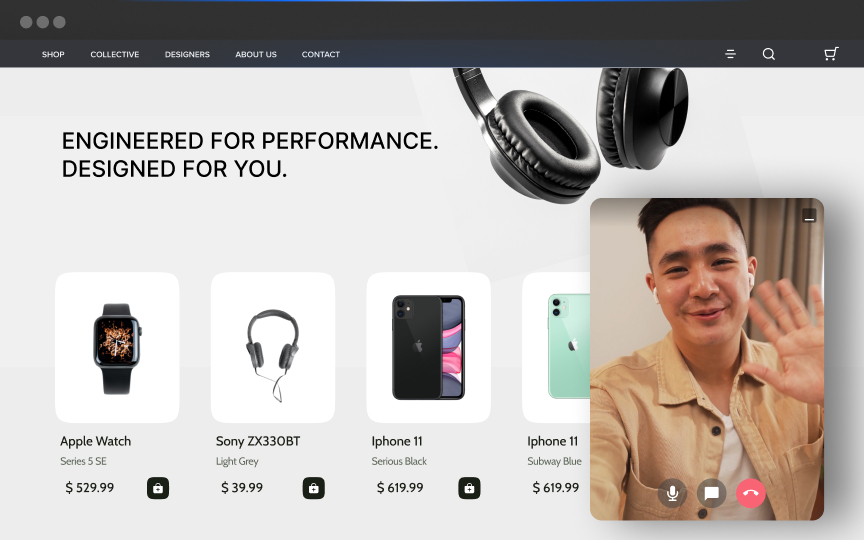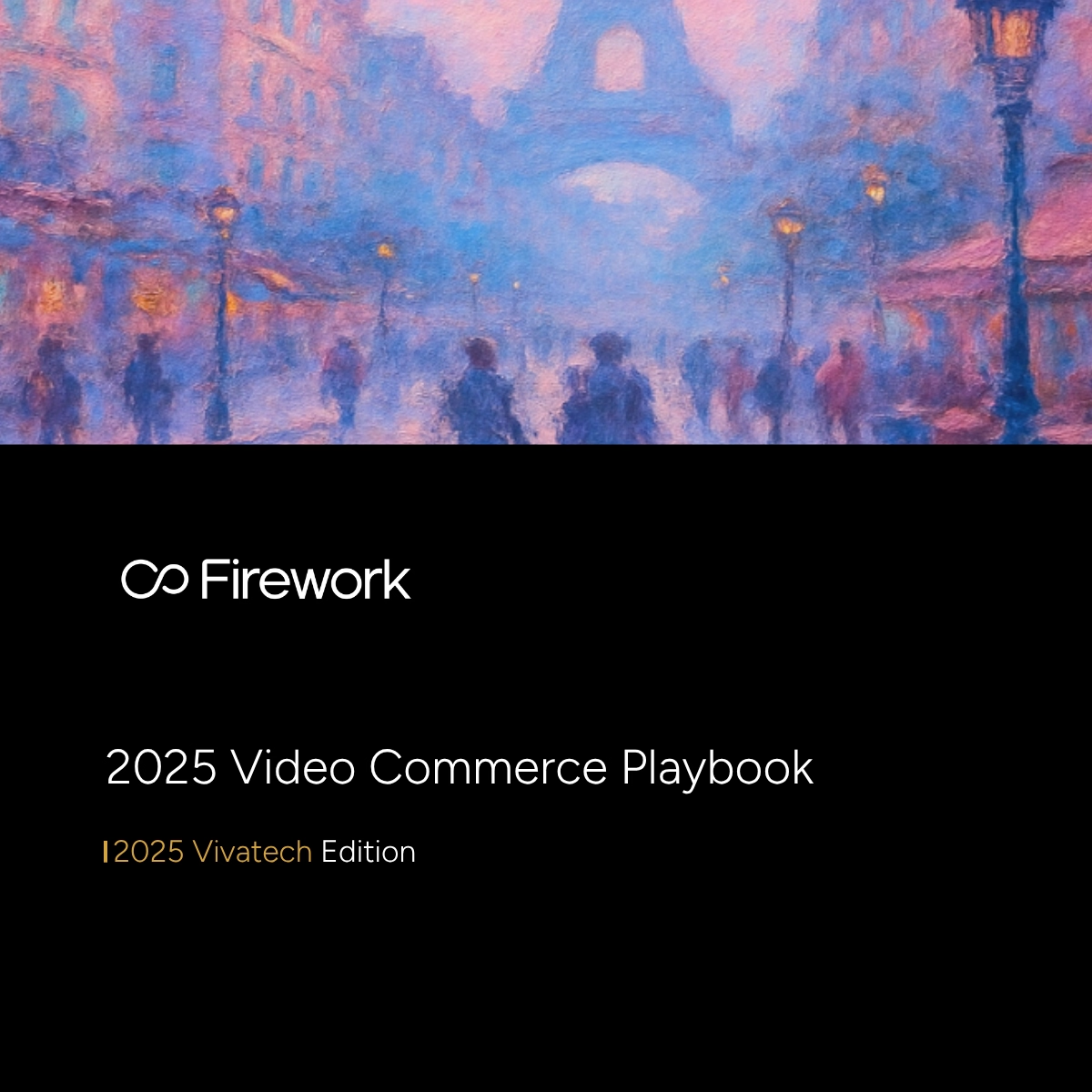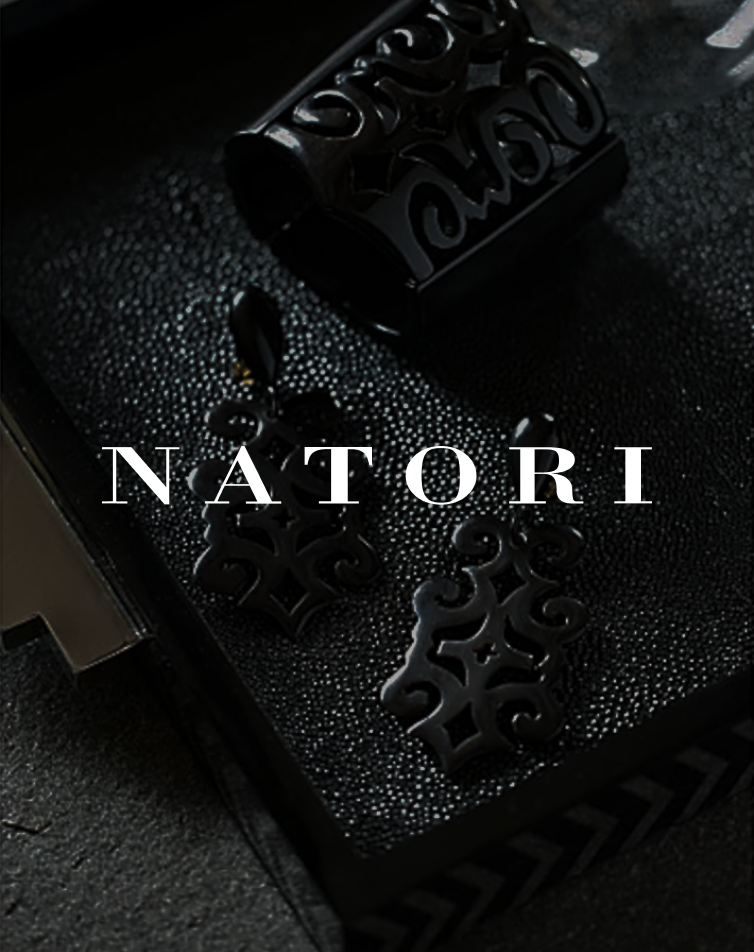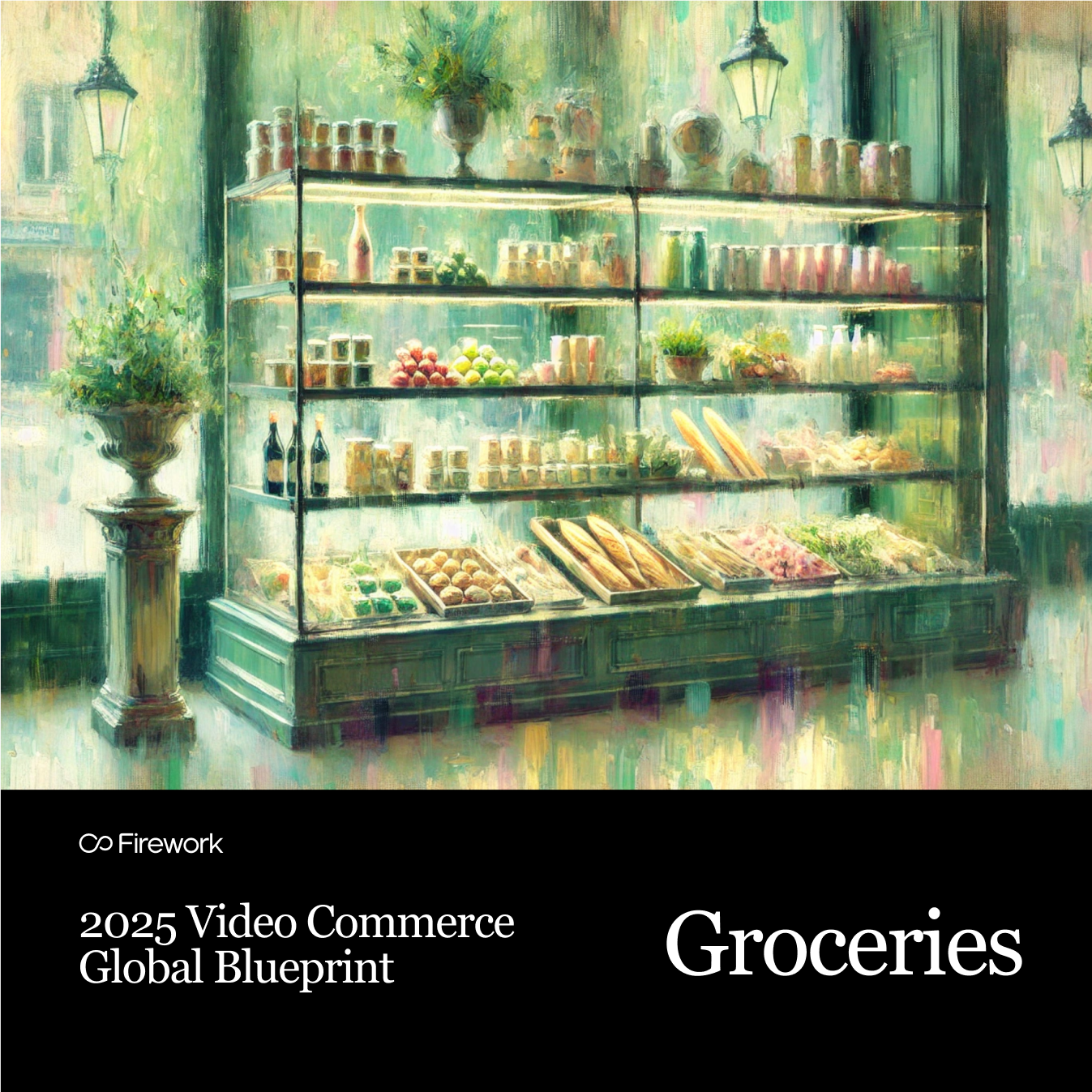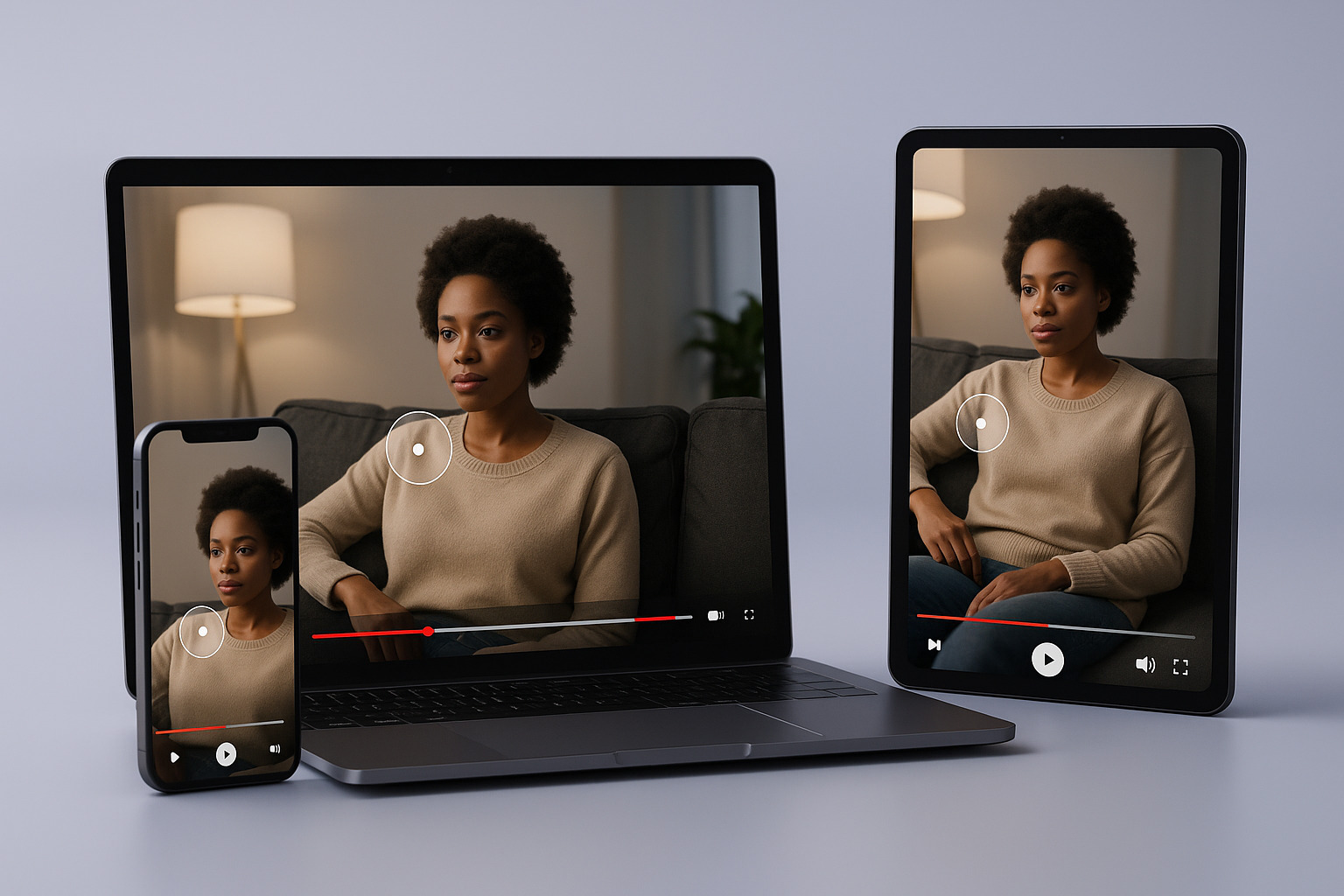Online fashion shopping is evolving rapidly. Video showroom shopping delivers significant benefits for fashion brands by bridging the in-store and online experience gap. The key challenge? Visualizing products accurately on screen, which is why fashion retailers face return rates of 18-40%. Video showrooms allow customers to see how clothing moves and drapes on different bodies from multiple angles—showing the real deal before purchase, leading to smarter buying decisions and fewer returns.
The Limitations of Traditional E-commerce
Online shopping has revolutionized the way we buy clothes, yet fashion brands continue to face persistent challenges that affect both customer satisfaction and their bottom line. Without the ability to interact with products physically, shoppers are often left to make guesses — and these guesses frequently lead to returns, frustration, and lost revenue.
No Physical Interaction
One of the biggest drawbacks of online fashion shopping is the lack of sensory experience. Shoppers can't feel the fabric, assess the weight of the material, or try items on to see how they fit and move with their bodies.
- Around 70% of fashion returns are due to poor fit.
- Another 20% result from products not living up to visual or quality expectations.
Without physically handling the garment, customers struggle to judge whether a dress flows gracefully, if the knitwear feels soft or itchy, or if the colors appear as expected under natural lighting. This disconnect between screen and reality often leads to disappointment once the package arrives.
Sizing Issues and "Bracketing"
Sizing inconsistency is another major pain point. With no universal sizing standard, customers frequently find themselves unsure about what size to order.
- Up to 76% of returns are due to sizing problems.
- Many shoppers, particularly Gen Z, have adopted bracketing—ordering multiple sizes of the same product and returning the ones that don’t fit.
This practice turns homes into fitting rooms, with shoppers fully expecting free returns. While convenient for consumers, it drives up costs for retailers and complicates inventory management.
Poor Product Representation
Even professional product photos and descriptions can fall short of showing items accurately.
- 23% of shoppers blame poor product representation for their returns.
Colors might appear differently depending on screen settings, fabrics might seem higher quality than they are, and fine details such as stitching or embellishments often go unnoticed in static images. When shoppers receive products that look or feel different from what they expected, disappointment naturally follows, leading to returns and eroding trust in the brand.
The High Cost of Returns
Returns don’t just create customer inconvenience — they’re a massive drain on retailer resources.
- Each return costs brands 15–30% of the original sale price to process.
- The fashion industry loses over $200 billion annually due to returns.
- Many returned items end up in landfills, contributing to environmental harm.
What makes this worse is the growing trend of impulse buying, where consumers purchase items with the mindset that they’ll return anything they don’t like. For brands, this behavior inflates logistical costs and environmental impact.
Core Benefits of Video Showroom Shopping for Fashion Brands
Video showroom shopping fixes many problems with traditional online fashion retail. By using dynamic, interactive videos instead of static images, brands create shopping experiences that feel more like being in a store. These solutions don't just make customers happier—they deliver real business results that boost your bottom line.
Enhanced Product Visualization Through Video Showroom Shopping
The main advantage of video showrooms is showing products more completely and realistically than static images can. When customers see clothing in motion, they truly understand how garments look and perform.
Video showrooms provide:
- 360-degree views: Unlike standard product photos showing only preset angles, videos let customers see products from all sides, giving a complete picture of design elements and details.
- Texture and movement demonstration: Videos show how fabrics drape, move, and catch light—crucial details that static images simply can't capture. This matters especially for specialty fabrics like silk, sequins, or textured materials.
- Realistic fit representation: Seeing how clothing moves on different body types gives customers a much better idea of how items will look when worn.
These visualization improvements directly address customer confidence issues. Using AR and 3D visuals (similar to video showrooms) can reduce return rates by up to 40% by ensuring customers know exactly what they're buying.
Virtual try-on technologies let shoppers see how clothing fits different body types before purchasing. This significantly reduces size-related returns, which account for up to 70% of all fashion returns.
Boosting Engagement and Time on Site with Video Showroom Shopping
Video content captures attention far better than static images or text, making your shopping experience more immersive. Shoppable videos turn browsing into active engagement as customers watch clothing in motion or follow styling tips. This keeps them on your site longer, increasing chances of discovery and purchase.
The results are proven: The Fresh Market saw a 115% boost in session time and 113% higher engagement after adding shoppable videos. Features like clickable product tags, styling suggestions, and real-time chat create direct paths to purchase, replicating the attentiveness of in-store shopping for a more dynamic experience.
Reducing Return Rates with Video Showroom Shopping
Video showrooms tackle one of fashion e-commerce’s biggest pain points: high return rates. By showing how garments move, fit, and look from every angle, customers make more confident choices, reducing post-purchase disappointment.
The impact is huge. In the U.S., returns cost retailers an estimated $743 billion in 2023. Fashion is especially affected, with returns piling up operational costs and contributing to landfill waste—9.5 billion pounds in 2022 alone.
Video showroom shopping not only protects your bottom line but also supports sustainability, helping eco-conscious consumers feel better about their purchases.
Personalizing the Shopping Experience
Video showrooms open the door to deeply personalized shopping. AI-driven tools customize video content based on browsing history and preferences, offering a tailored experience that feels like in-store assistance.
For example, Levi’s "Bestsellers" widget used personalized video to drive a 90–110% increase in click-through rates. Similarly, Firework’s AVA solution uses AI to guide shoppers toward products that match their individual tastes, enhancing both engagement and conversions.
This level of personalization makes each visit feel curated, increasing the likelihood of discovery and building stronger customer relationships.
Telling Your Brand Story Through Video
Beyond selling products, video showrooms bring your brand story to life. Fashion is emotional and personal—customers want to connect with your values, vision, and craftsmanship.
Video lets you highlight everything from your design philosophy to sustainability commitments:
- Virtual runways show off seasonal collections.
- Behind-the-scenes content showcases craftsmanship.
- Designer interviews share creative inspiration.
- Sustainability features underline your ethical focus
By weaving storytelling into your videos, you create deeper emotional connections, boost brand loyalty, and stand out in a crowded market.
Strategic Implementation of Video Showroom Shopping
Successfully deploying video showroom solutions requires careful planning across several business areas. Fashion brands need to consider how it will integrate with existing systems, what content strategy will best showcase their products, and how they'll measure performance. The most effective implementations align technology decisions with content creation approaches and robust analytics to ensure the investment pays off.
Technology Selection and Integration for Video Showroom Shopping
Choosing the right video showroom technology sets the foundation for success. This decision affects everything from scaling ability to how smoothly customers can interact with your products.
When evaluating platforms, compatibility with your existing e-commerce setup is critical. Firework offers seamless integration with popular platforms including Shopify, WooCommerce, and Magento without requiring a complete system overhaul.
Infrastructure requirements deserve careful attention, particularly regarding content delivery speed. Fashion shoppers won't wait for buffering videos or lagging interactions. Look for solutions that use optimized CDNs (content delivery networks) to ensure smooth playback across all devices and locations.
Compliance isn't optional in today's regulatory environment. Your video showroom solution must meet standards including:
- GDPR for customer data protection
- SOC 2 for security practices
- ADA compliance for accessibility
The investment required for video showroom technology varies significantly based on your needs. Consider both initial implementation costs and ongoing expenses for content creation, maintenance, and platform fees. Some solutions offer tiered pricing that allows you to scale as your program proves successful.
The most sophisticated platforms now integrate AI and machine learning capabilities that can:
- Personalize video recommendations based on user behavior
- Optimize content for different audience segments
- Provide predictive insights on what videos will drive the highest conversion rates
Despite the benefits, integration challenges exist. Many fashion brands face issues with legacy systems that weren't designed for rich media experiences. Be prepared for potential complexity, especially if your current platform has customizations or uses proprietary technology.
Content Creation Strategies for Video Showroom Shopping
The success of your video showroom relies on creating diverse, high-quality content that engages customers throughout their shopping journey. Top fashion brands use a variety of video formats to capture attention and drive sales.
- Live Shopping Events: These create urgency and excitement, offering real-time interaction with customers. Use them to showcase new collections, seasonal trends, or exclusive launches while enabling instant purchases.
- Product Tutorials & Styling Videos: Show how items fit, move, and can be styled for different occasions. These videos help overcome common concerns about fit and usage, making purchase decisions easier.
- Virtual Fashion Shows: Bring the runway experience online. Display collections in motion to create aspirational content and boost brand engagement.
- User-Generated Content (UGC): Featuring real customers builds trust and authenticity, especially appealing to younger audiences who value genuine brand experiences.
No matter the format, make your videos shoppable to maximize sales opportunities. With platforms like Firework’s shoppable video solution, you can add clickable hotspots or product tags that let viewers buy directly from your video. This shortens the path to purchase and captures impulse buys effectively.
Future Trends in Video Showroom Shopping
Video showroom shopping continues to reshape fashion retail, and staying ahead of emerging trends will be crucial for brands looking to keep their edge. The evolution of this technology promises to further bridge the gap between physical and digital shopping, creating even more immersive and personalized customer journeys.
Emerging Technologies Enhancing Video Showroom Shopping
The next wave of video showroom shopping will tap into several cutting-edge technologies already beginning to transform digital commerce:
Artificial Intelligence Personalization
AI-driven personalization will dramatically enhance video showrooms by tailoring content in real-time based on viewer behavior. Unlike today's basic recommendation engines, future AI systems like Firework's AVA will dynamically adjust video content, product suggestions, and even narrative elements to match individual preferences, creating truly personalized shopping experiences.
For example, AI could analyze a viewer's browsing patterns and automatically highlight specific product features they typically look for, or adjust video pacing and style to match their engagement preferences. This level of customization will significantly increase conversion rates by delivering precisely what each shopper wants to see.
Enhanced Virtual Reality Showrooms
Virtual reality technology is moving beyond novelty applications to create fully immersive shopping environments. Future VR showrooms will allow customers to:
- Walk through virtual fashion spaces that mirror physical flagship stores
- Interact with products in three-dimensional space
- Experience fabric textures and movement through haptic feedback
- Participate in virtual fashion shows alongside other shoppers
These immersive experiences will provide the sensory engagement currently missing from standard online shopping, addressing one of e-commerce's most persistent limitations.
AI Shopping Assistants
Intelligent shopping assistants embedded within video contexts will soon become standard features. These AI companions will:
- Answer product questions in real-time during video browsing
- Suggest styling options based on the customer's existing wardrobe
- Provide personalized fit recommendations
- Offer background information on manufacturing processes or materials
These assistants will deliver the personalized service typically only available in high-end physical stores, but at scale and without the limitations of human staffing.
Sustainability Visualization Tools
As environmental consciousness grows, video showrooms will increasingly incorporate elements that visualize a product's sustainability credentials. Interactive features might display carbon footprint reduction through digital try-ons versus traditional bracketing behavior, or showcase a garment's full supply chain journey through engaging visual storytelling.
Shifting Consumer Expectations
Consumer preferences and behaviors around digital shopping continue to evolve rapidly, with several key trends emerging:
Heightened Demand for Sustainability Transparency
About 66% of consumers now prioritize brands demonstrating sustainability, creating significant opportunities for video showrooms to communicate eco-friendly practices. This trend is particularly strong among younger shoppers who expect brands to clearly communicate their environmental initiatives.
Video content provides an ideal medium for demonstrating sustainable manufacturing processes, showcasing ethical labor practices, and explaining eco-friendly materials in an engaging, authentic format that builds consumer trust.
Generational Differences in Video Shopping Behavior
Different demographic groups interact with video shopping in distinctly different ways. Gen Z shoppers are leading in behaviors like bracketing (purchasing multiple sizes or styles with the intent to return unwanted items), with 51% regularly engaging in this practice.
However, video showroom shopping that effectively demonstrates fit, style, and quality can significantly reduce the need for bracketing behavior. Brands that understand and address these generational differences in their video strategies will be better positioned to connect with diverse consumer segments.
Blending Entertainment with Commerce
Consumers increasingly expect shopping experiences that entertain as much as they inform. The line between content consumption and shopping continues to blur, with successful video showrooms incorporating storytelling elements, behind-the-scenes access, and interactive features that make the purchasing process feel more like entertainment than a transaction.
This shift means brands must think like media companies as much as retailers, creating video content that captivates attention while seamlessly integrating purchasing opportunities throughout the experience.
Expectation for Authenticity and Transparency
Modern consumers, particularly in fashion, demand authentic representations of products and brand values. Video showrooms that showcase real people, honest product demonstrations, and transparent behind-the-scenes processes will increasingly outperform those that rely on overly polished or idealized presentations.
This creates an opportunity for brands to use video to demonstrate their commitment to authenticity by showcasing diverse models, unfiltered product reviews, and genuine brand stories that resonate with increasingly skeptical consumers seeking honest connections.
Ready to Transform Your Fashion Brand with Video Showroom Shopping?
Don't let high return rates and low customer engagement hold your fashion brand back. Download Firework's 2025 Fashion & Apparel Video Commerce Playbook to get a comprehensive guide on implementing video showroom shopping for your business.
Ready to see how Firework's video commerce solutions can revolutionize your customer experience? Request a demo today and discover how leading fashion brands are using our platform to reduce returns, increase conversions, and create memorable shopping experiences that keep customers coming back.
Unlock Exclusive Insights
By submitting this form, you agree to Firework's privacy policy and consent to receive personalized marketing communications. You can unsubscribe at any time.
